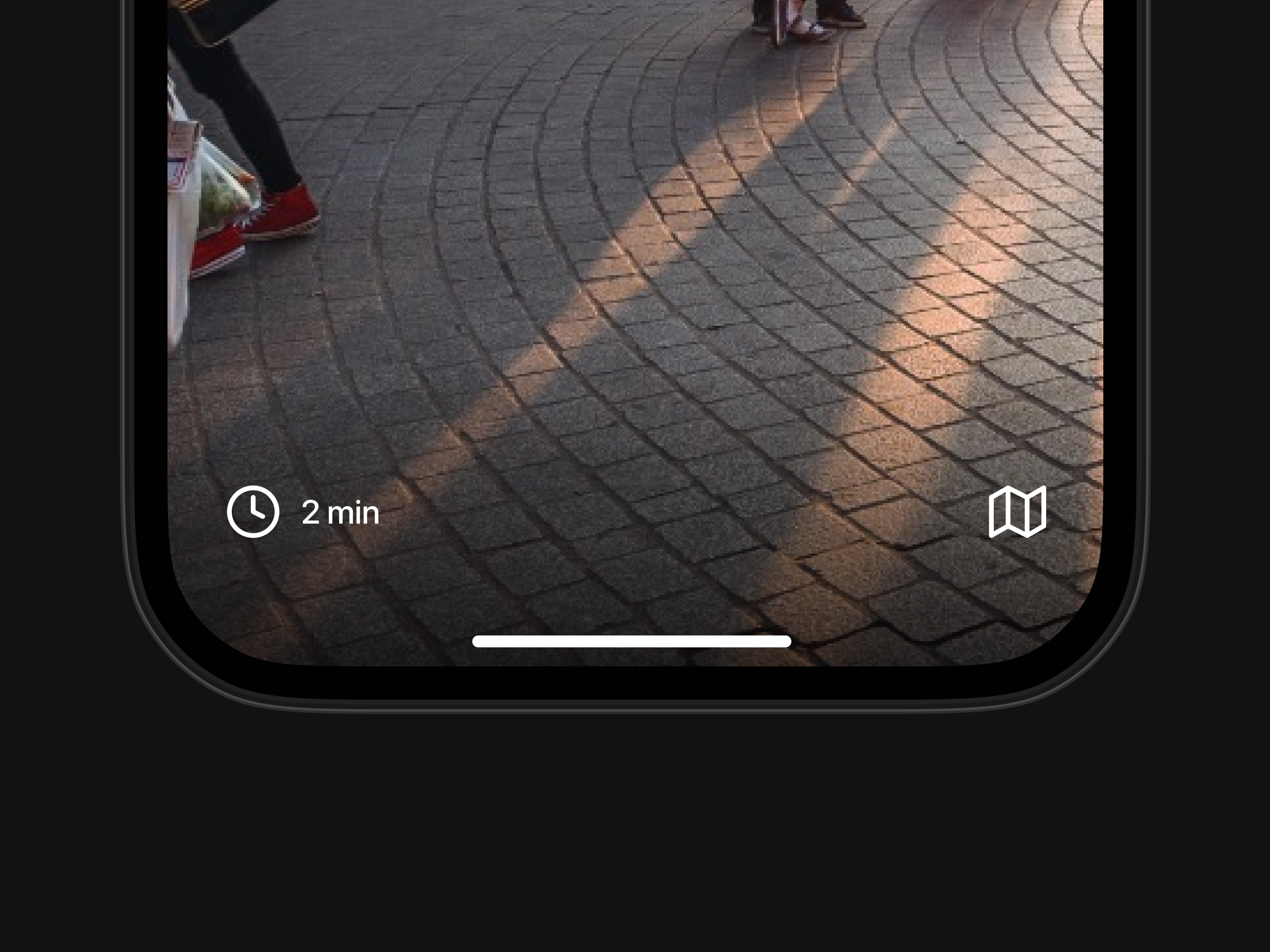Tailored Travel: Personalized Recommendation System for Airbnb
App, Interaction Design
24hrs (Nov. 26-27, 2024)
Lead UX Designer (Research, Prototyping, High-Fidelity Design)
Project Overview
Role: Lead UX Designer (Research, Prototyping, High-Fidelity Design)
Timeline: 24 hours (November 26 - 27, 2024)
Team: 2 UX Designers, 4 Data Scientists, 2 Software Engineers
Outcome: Airbnb Hackathon 1st Place Winner
Defining the Problem
Simplifying travel planning for first-time users
We were tasked to create a personalized recommendation engine that suggests more relevant travel packages that align with the user’s preferences and travel history.
Our solution introduced a questionnaire during onboarding to generate tailored recommendations — while also addressing decision fatigue and unfamiliarity with the platform.
Research Insights
Secondary research: Learning about Airbnb
Primary audience is aged 18-45
54% of bookings are mobile-based
Users value clean filters, ease of navigation, and data-driven personalization
Focusing on new users became essential: unfamiliarity with the platform amplifies existing frustrations like decision fatigue and overwhelming choices.
User Interviews: Gathering key insight
I interviewed 3 experienced users about their experience with Airbnb’s current system:
Overwhelming options make planning exhausting
Reviews and trustworthy filters are crucial for establishing trust
Users want tailored, stress-free recommendations
This shows that if seasoned users faced certain barriers, new users were likely to experience them more severely.
Proto-Persona Development
Humanizing insights to craft user-centered solutions
Ella the Explorer is a 37 year old first-time Airbnb user seeking tailored travel options that eliminates decision fatigue.
Overcoming Obstacles
Tackling misconceptions and constraints for a cohesive design
A key challenge early in the process was advocating for the importance of user-centered design to team members unfamiliar with its value in crafting impactful solutions. I stepped in to clarify its role, addressing divisions within the group, and guiding us toward a unified, user-focused approach.
Another key challenge arose as we quickly progressed to high-fidelity designs. Early collaboration with engineers revealed that our planned "card-stacking" design wasn’t achievable under the time constraints. We immediately pivoted to a simplified layout that balanced user experience and technical constraints.
These efforts were critical in overcoming obstacles and delivering a polished, cohesive solution that reflected our team’s collective strengths.
User Journey
Guiding users from preferences to personalized recommendations
After creating an account, users are guided to the preferences questionnaire
Answer 4 quick questions to set preferences
View personalized travel options on a curated home screen
This flow simplified onboarding, addressing user frustrations while aligning recommendations to their needs.
Design Solution
High-fidelity prototypes prioritizing usability and personalization
Our design prioritized ease of use, personalization, and trust-building. Key features included:
Curated Recommendations: Personalized travel packages based on user input
Pre-populated Filters: Preferences from the quiz are applied automatically to save time
Mobile Optimization: A clean, intuitive interface tailored for new users
Winning Strategy
A focused, collaborative approach with immediate impact
Our solution stood out because it combined deep research, design simplicity, and technical alignment. By seamlessly integrating data-driven personalization into onboarding, we made travel planning intuitive and enjoyable for new users.
Our research insights and design decisions harmonized with the data scientists' findings and engineers' constraints, creating a unified and seamless story across research, design, and development.
This project reinforced the power of focused collaboration under time constraints. By prioritizing user needs and clear design, we created a solution that felt both meaningful and impactful.



